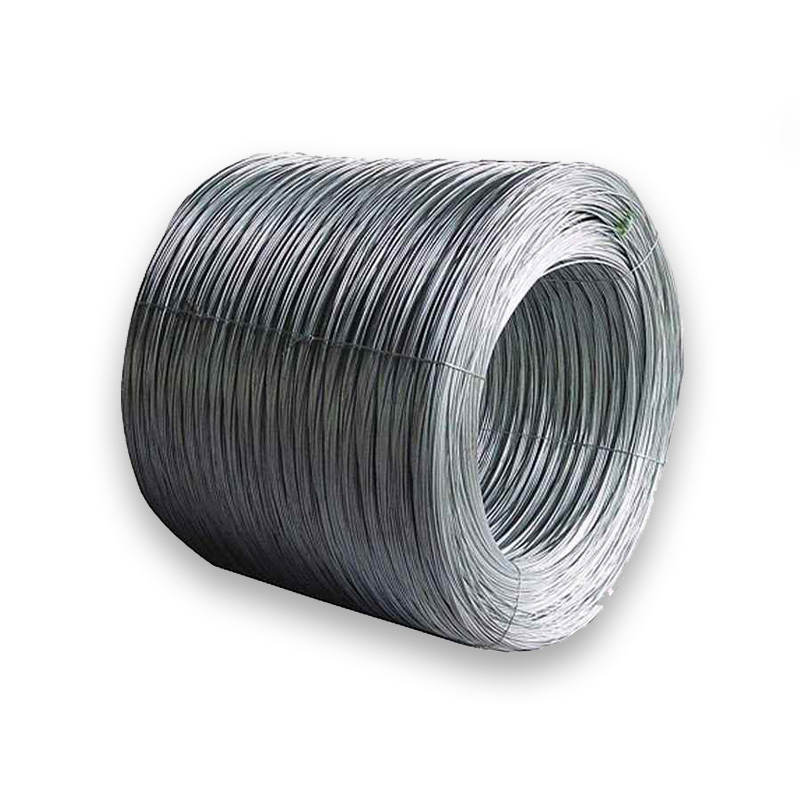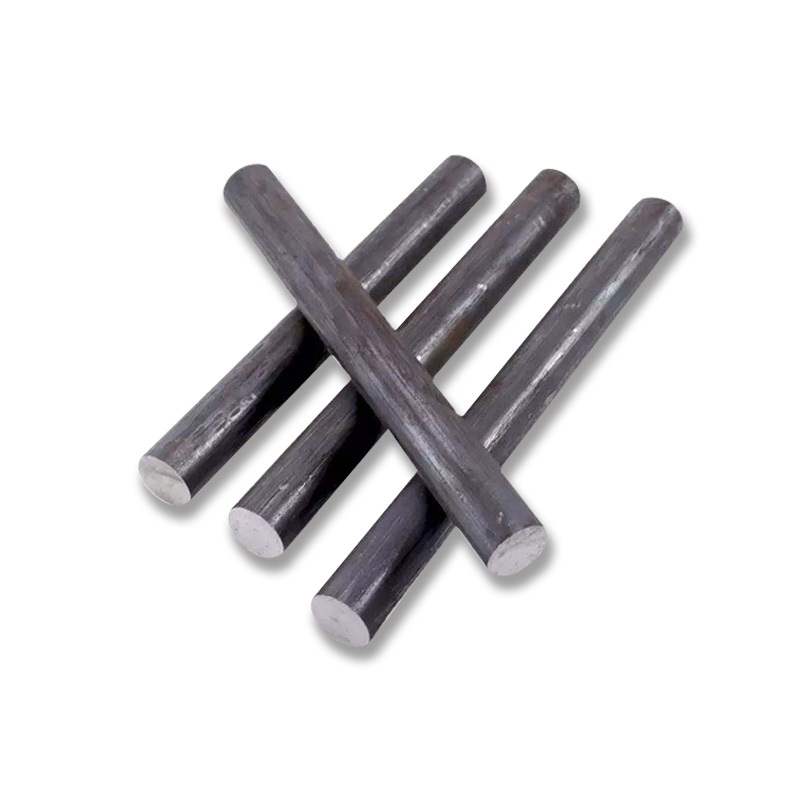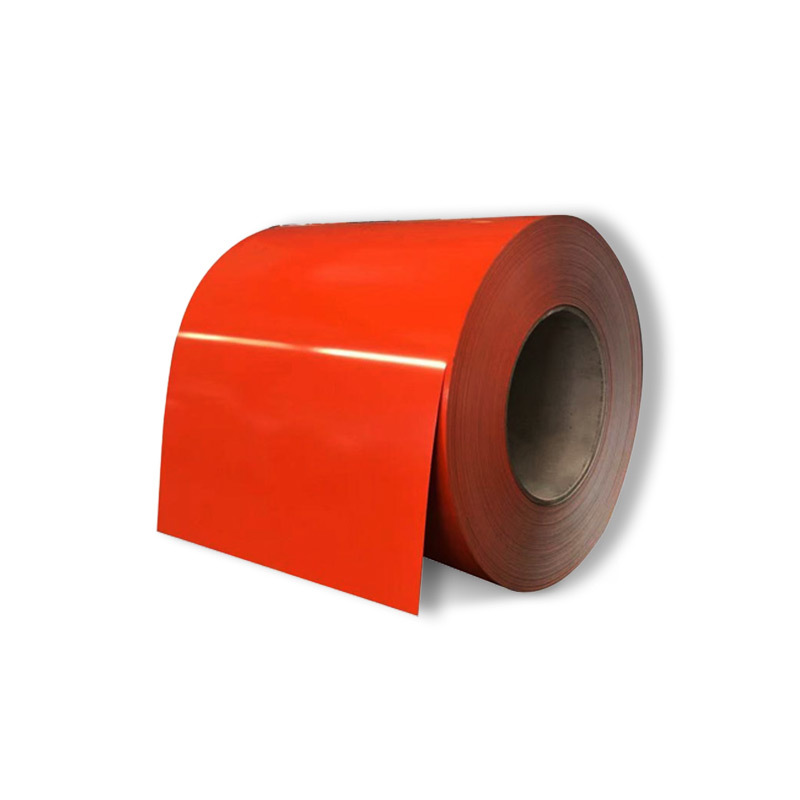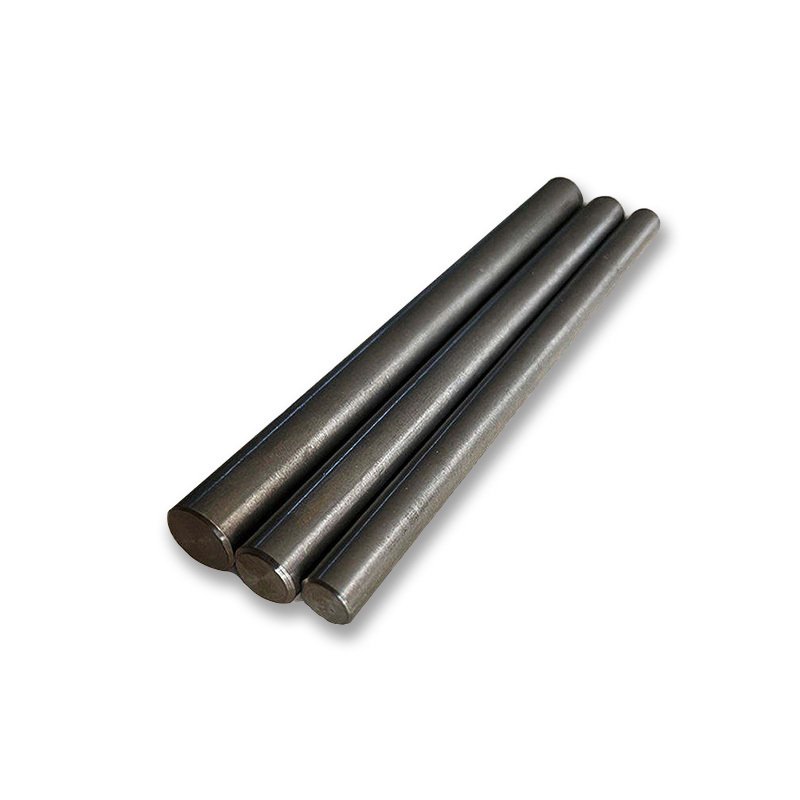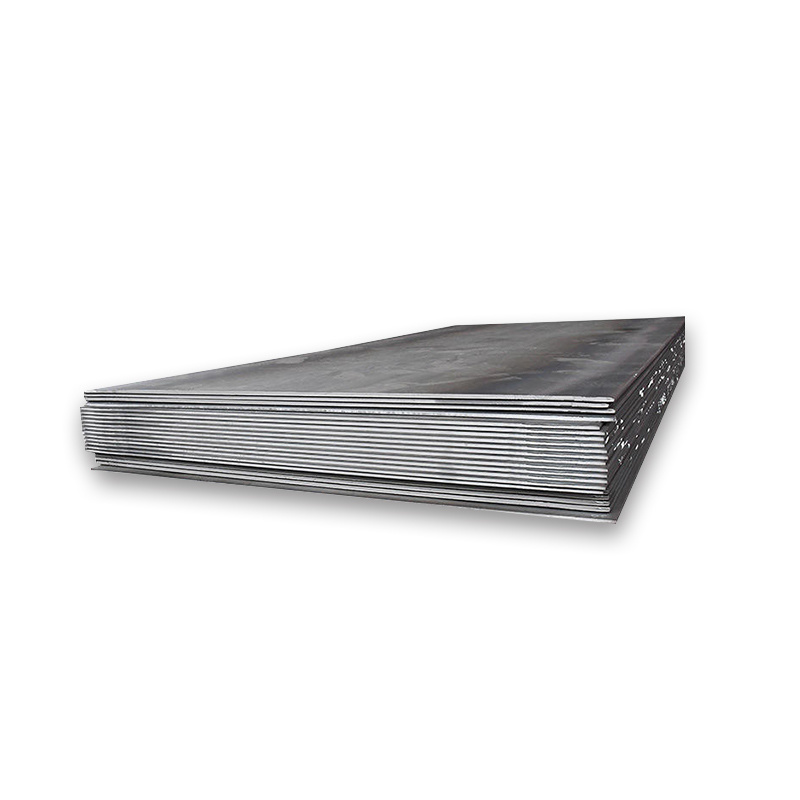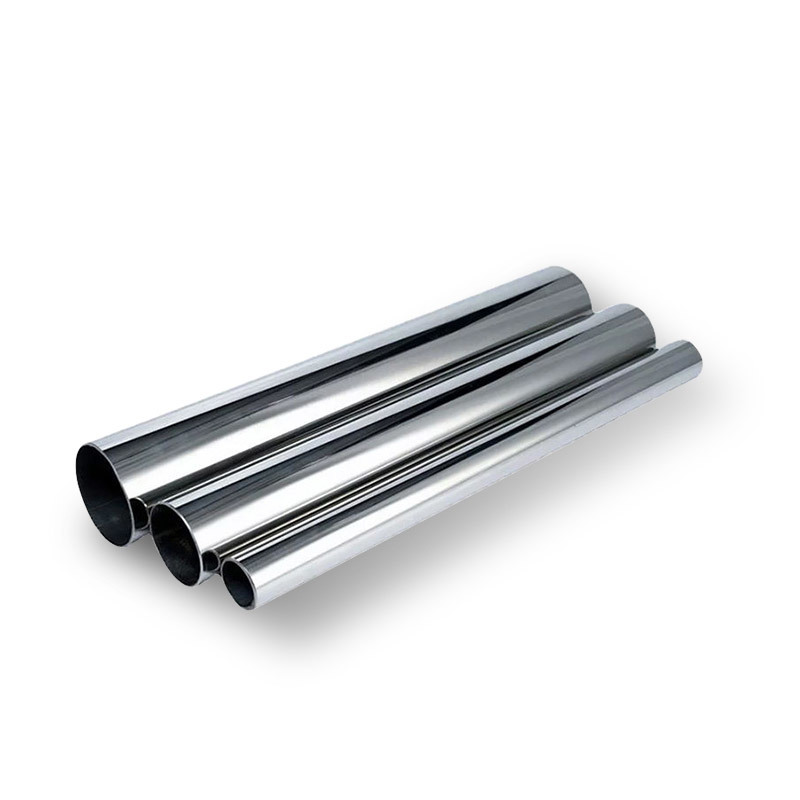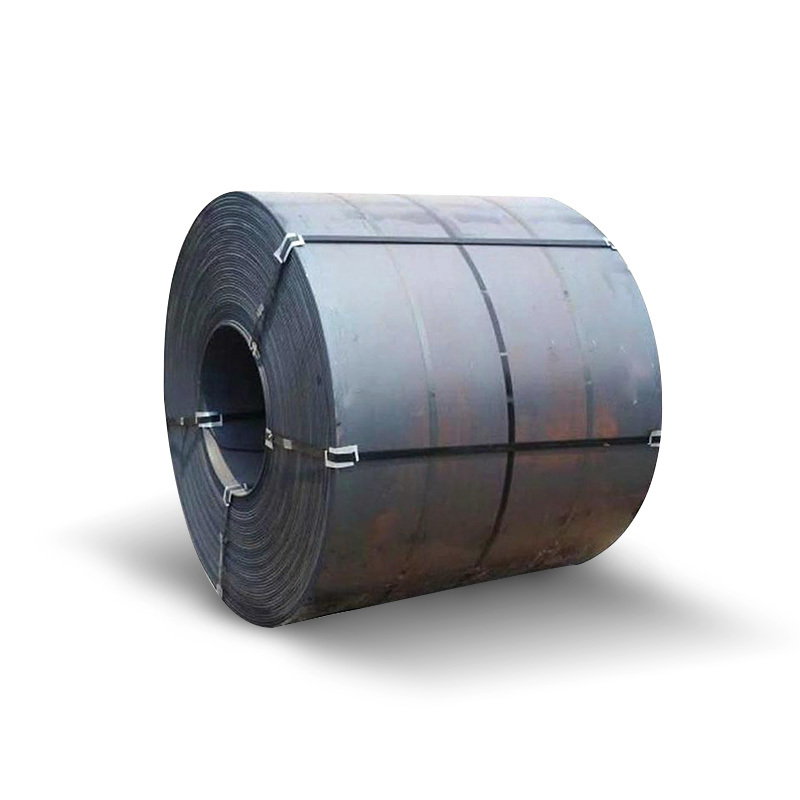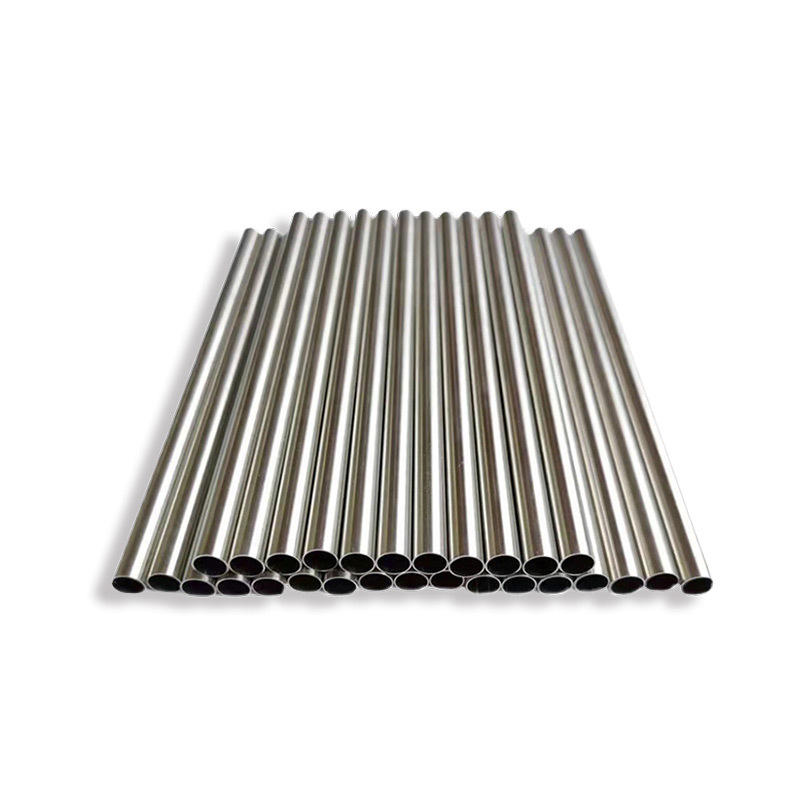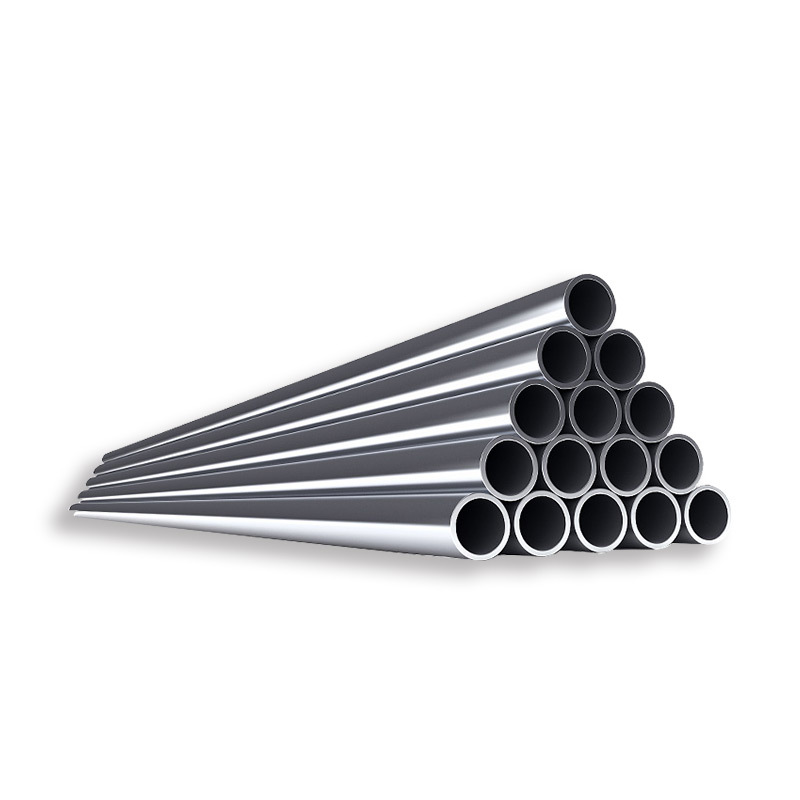PRODUCTS
CONTACT US
Fast Delivery
Sufficient Inventory
Good Service
Steel wire is one of the four major varieties of steel: plate, tube, profile and wire. It is a reprocessed product made of hot-rolled wire rod by cold drawing. According to the section shape, it mainly includes circle, square, moment, triangle, ellipse, flat, trapezoid, zigzag, etc. Ordinary quality steel wire includes steel wire for welding rod, nail making, mesh making, packaging and printing industry, steel wire for cold heading forging for cold heading rivet and screw, etc., and electrical steel includes special steel wire for production of overhead communication line, steel cored aluminum strand, etc.
A572 steel bars are lightweight, but have good strength, ductility and workability, making them ideal for structural applications. These characteristics make the A572 relatively simple to shape into different structures, while maintaining the ability to withstand large stresses and loads.
Color Coated Galvalume Steel Coil PPGL
PPGL steel is a durable, colorful and economical building material. It is the abbreviation of color coated aluminum-zinc plated steel plate, which is based on aluminum-zinc plated steel plate. The aluminum-zinc coated steel is then continuously painted in coil form. Due to its heat resistance and corrosion resistance, it has become a material for various construction purposes, especially roofs and walls.
A105 is an ASTM specification for steel forgings, primarily for carbon steel forged pipe components. The type of carbon steel wrought alloy involved is a low carbon, manganese and silicon steel similar to the AISI 1330, but with a lower manganese content.
ASTM A588 steel includes Class A, Class B, Class C, and Class K. The ASTM A588 steel specification is based on the standard specification for high-strength low-alloy structural steel with a lower yield point of up to 50ksi for applications requiring high strength and corrosion resistance.
Type 201 stainless steel is an austenitic chromium-nickel-manganese stainless steel, which is developed to save nickel. Type 201 is a low-cost alternative to traditional Cr-Ni stainless steels such as 301 and 304. The nickel is replaced by added manganese and nitrogen. It cannot be hardened by heat treatment, but can reach high tensile strength by cold working. Type 201 is essentially non-magnetic in the annealed condition and becomes magnetic upon cold working. In many applications, the 201 type may replace the 301 type.
A36/Q235/S235JR Carbon Steel Coil
A36 is a low-carbon steel containing trace amounts of manganese, phosphorus, sulfur, silicon and other elements such as copper. A36 has good weldability and high yield strength, and is the structural steel plate specified by the engineer. ASTM A36 steel plate is often manufactured into a variety of structural steel parts. This grade is used for welded, bolted or riveted construction of bridges and buildings, as well as for general structural purposes. Due to its yield point, A36 carbon plate can be used to design lighter-weight structures and equipment, and provide good weldability. Construction, energy, heavy equipment, transportation, infrastructure and mining are the industries where A36 panels are commonly used.
304 stainless steel is a kind of universal stainless steel material, rust resistance than 200 series of stainless steel material is stronger. High temperature resistance is also better, can be as high as 1000-1200 degrees. 304 stainless steel has excellent corrosion resistance and good intergranular corrosion resistance. For oxidizing acids, it is concluded in the experiment that 304 stainless steel has strong corrosion resistance in nitric acid with a concentration of less than or equal to 65% of the boiling temperature. It also has good corrosion resistance to alkali solution and most organic and inorganic acids.
316L stainless steel is an austenitic stainless steel metal alloy that contains nickel and molybdenum, making it corrosion resistant. 316L is a 316 low carbon grade. This grade is not affected by sensitization (grain boundary carbide precipitation). It is often used for large-gauge welded parts (approximately over 6mm). 316L stainless steel has higher creep, fracture stress and tensile strength than chromium nickel austenitic stainless steel at high temperature.


